In some places, time stands still, while nature quietly takes over, transforming what once were bustling locations into eerie landscapes. Old buildings crumble, trees sprout from concrete, and vines stretch across walls, blurring the line between man-made and natural worlds. These places, left untouched for decades, hold a chilling beauty. They offer a haunting glimpse into what happens when human life vanishes, and nature reclaims its space.
Pripyat, Ukraine (Chernobyl Exclusion Zone)
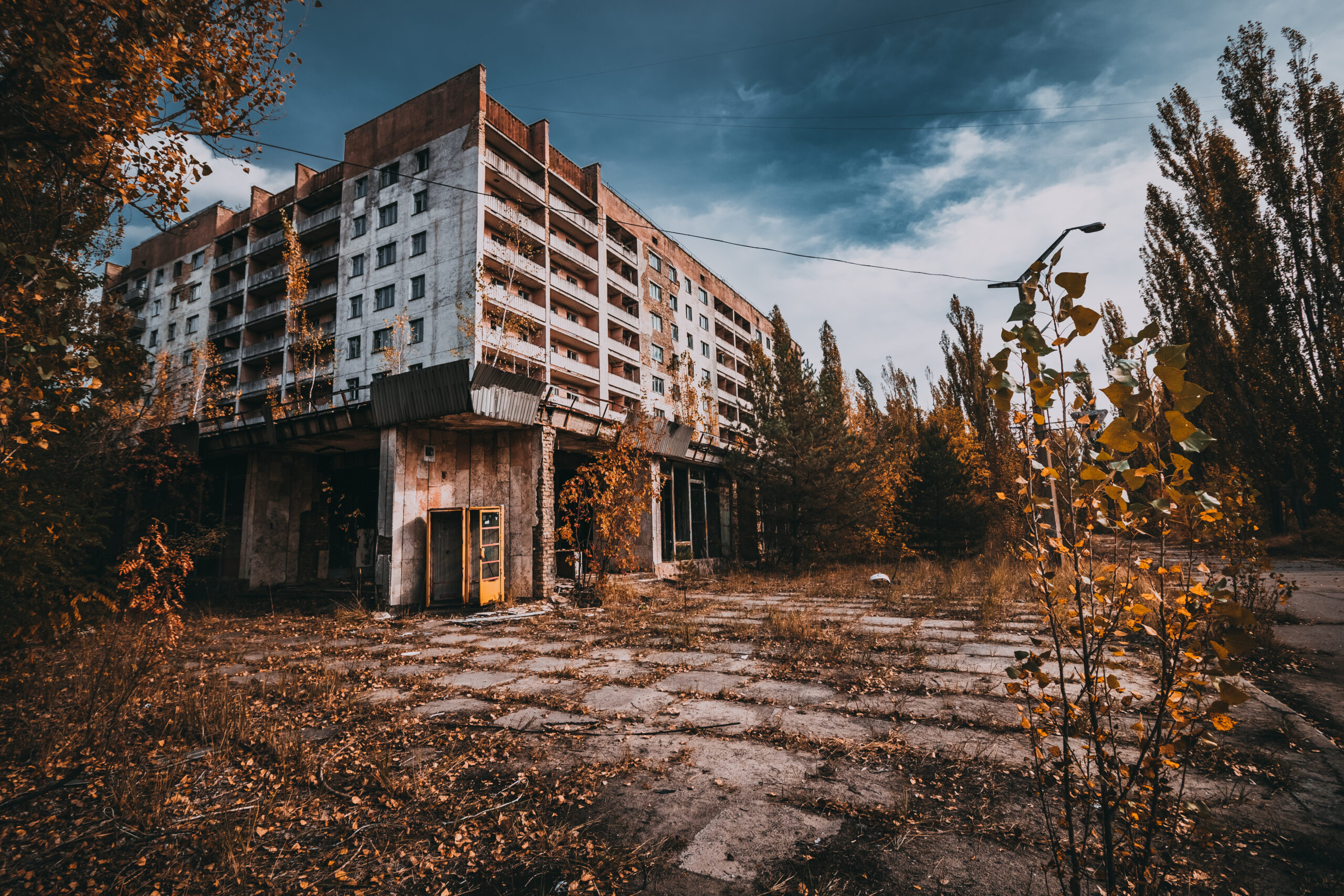
Pripyat, once a vibrant town in Ukraine, lies eerily silent in the Chernobyl Exclusion Zone. Once home to workers of the Chernobyl Nuclear Power Plant, it was evacuated overnight after the 1986 disaster. Today, nature dominates this abandoned city as trees grow through the pavement, and vines creep up towering apartment blocks. Buildings that once buzzed with life now sit empty, with classrooms still filled with dust-covered books and decaying desks. Wildlife roams freely, creating a surreal contrast with the lifeless structures around them. The quiet streets echo the memory of lives uprooted, while vegetation erases the scars of human presence.
Kolmanskop, Namibia
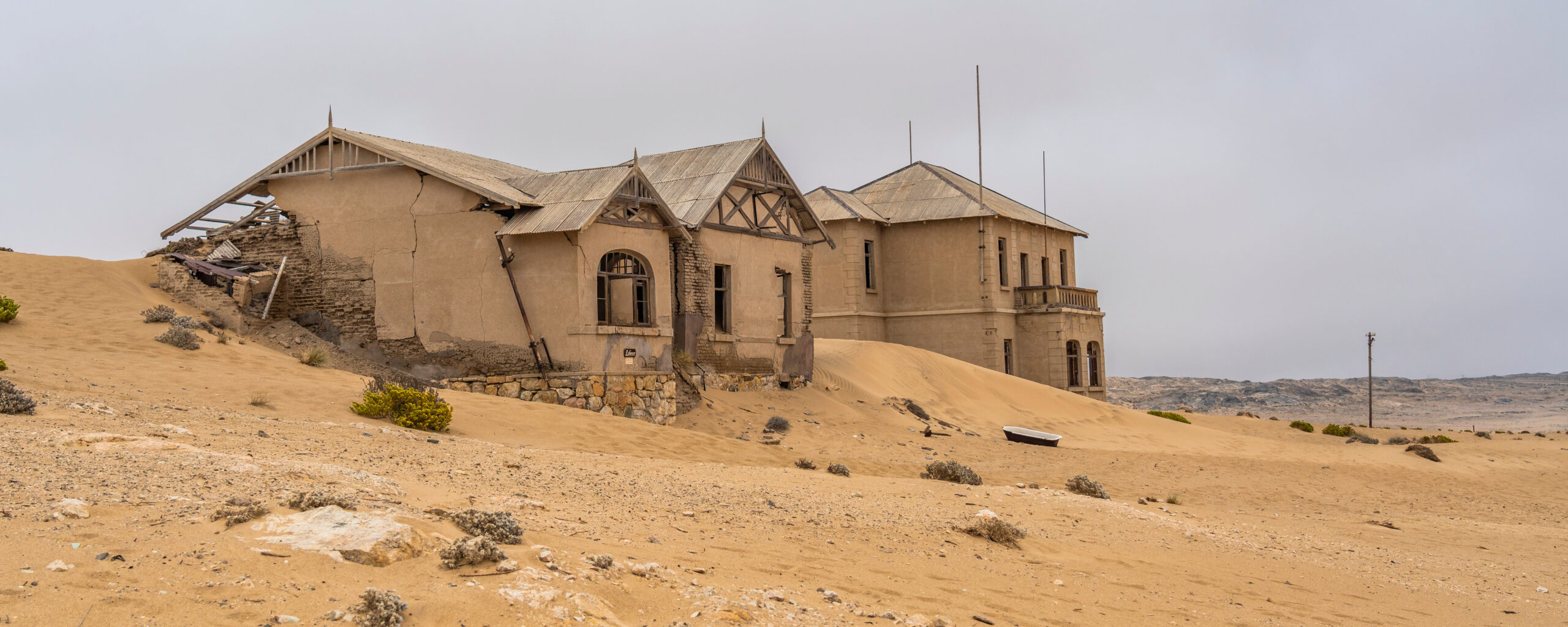
Kolmanskop, a diamond mining town in the Namib Desert, was once one of Namibia’s wealthiest settlements. Built by German miners in the early 1900s, it thrived until the diamonds ran out, and people abandoned it. Over the years, the relentless desert sands crept inside, filling rooms and covering floors where luxury once reigned. Houses now look as though they are drowning in sand, with dunes spilling over through doors and windows. Sunlight streams through cracked roofs, casting shadows over the sand-strewn interiors. The silent, half-buried buildings give Kolmanskop a ghostly beauty, reminding visitors of a golden era lost to the desert.
Hashima Island, Japan
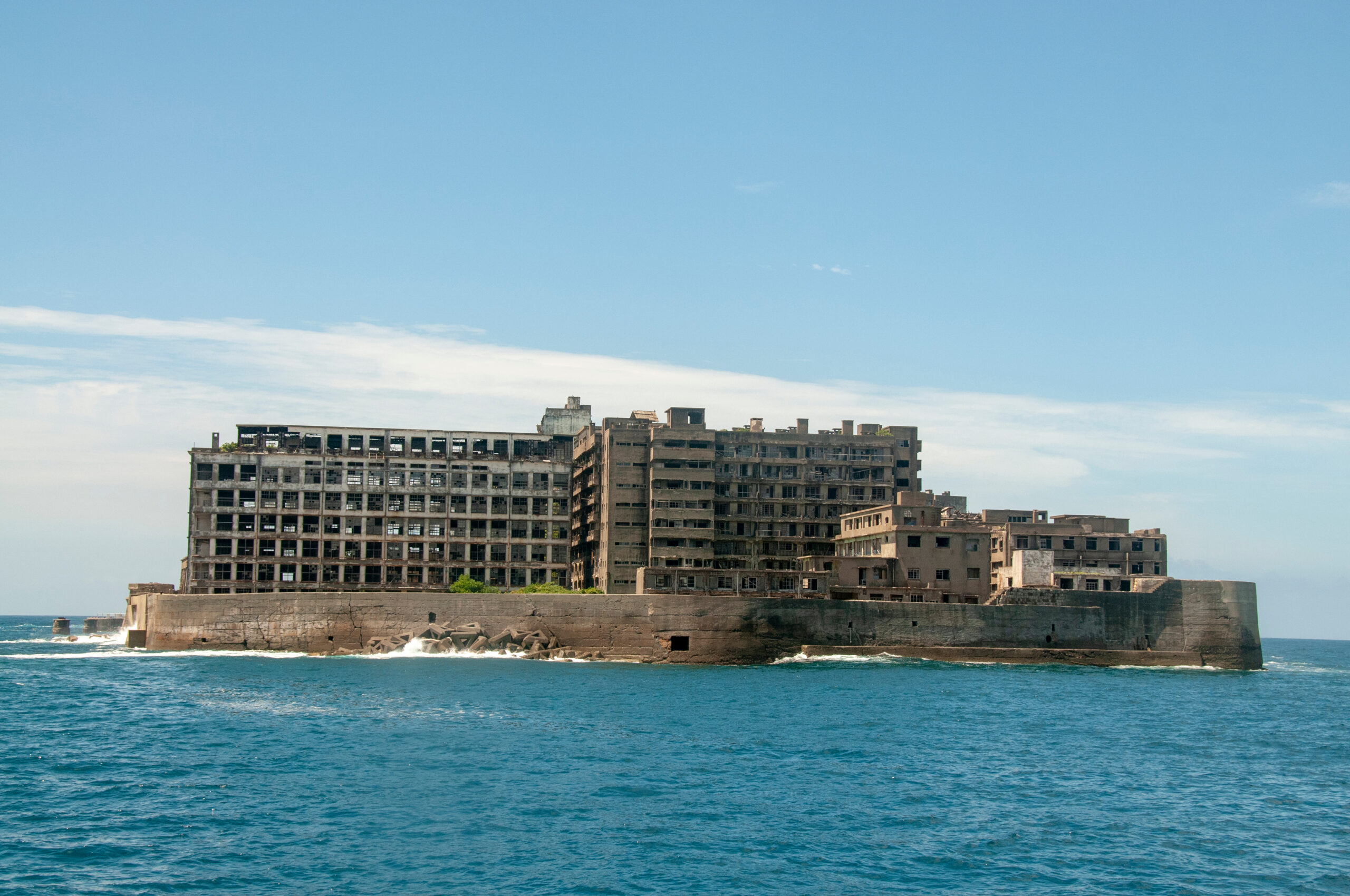
Hashima Island, or “Battleship Island,” was once a thriving coal mining community off Japan’s coast. In the mid-20th century, thousands of miners and their families lived on this small, fortress-like island, surrounded by the sea. When coal mining declined in the 1970s, Hashima was abandoned, leaving buildings to decay under the salty sea air. Now, concrete structures stand in ruins, with vegetation slowly taking root in the cracks. The once-packed apartment blocks are empty, windows shattered, and staircases crumbling. With its imposing silhouette and abandoned buildings, Hashima Island remains a haunting relic of Japan’s industrial past.
Craco, Italy
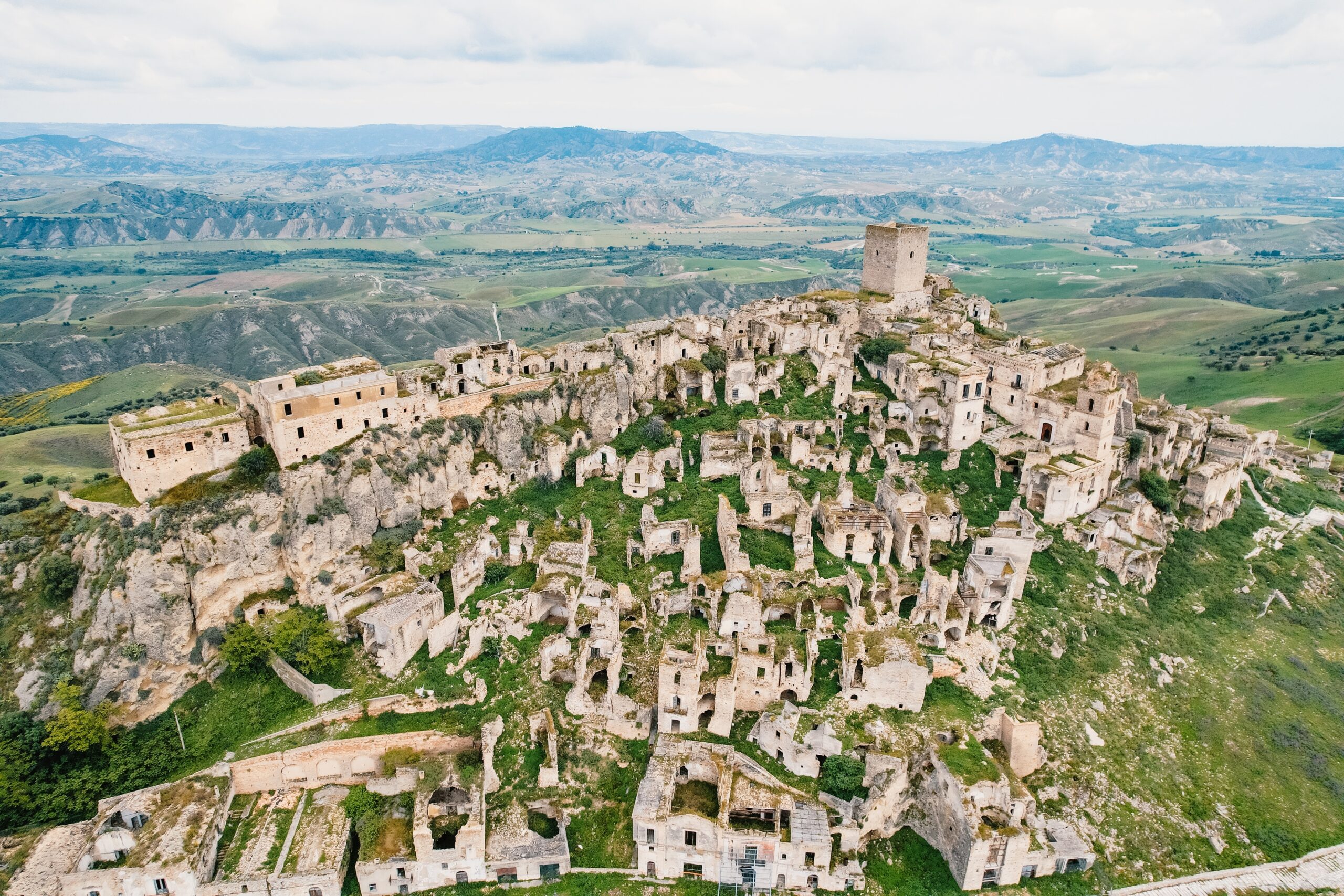
Craco, a medieval village perched on a hill in southern Italy, has been abandoned since the 1960s. Frequent landslides forced residents to leave, turning this once-thriving village into a ghost town. The narrow streets, lined with stone houses and ancient churches, now lie silent and decaying. Over time, wild plants have crept over the ruins, while broken walls and archways hint at the village’s former grandeur. Craco’s eerie charm has made it a popular filming location, as it feels frozen in time. Today, nature has slowly woven itself into Craco’s old stone walls, giving the village a hauntingly beautiful atmosphere.
Villa Epecuén, Argentina
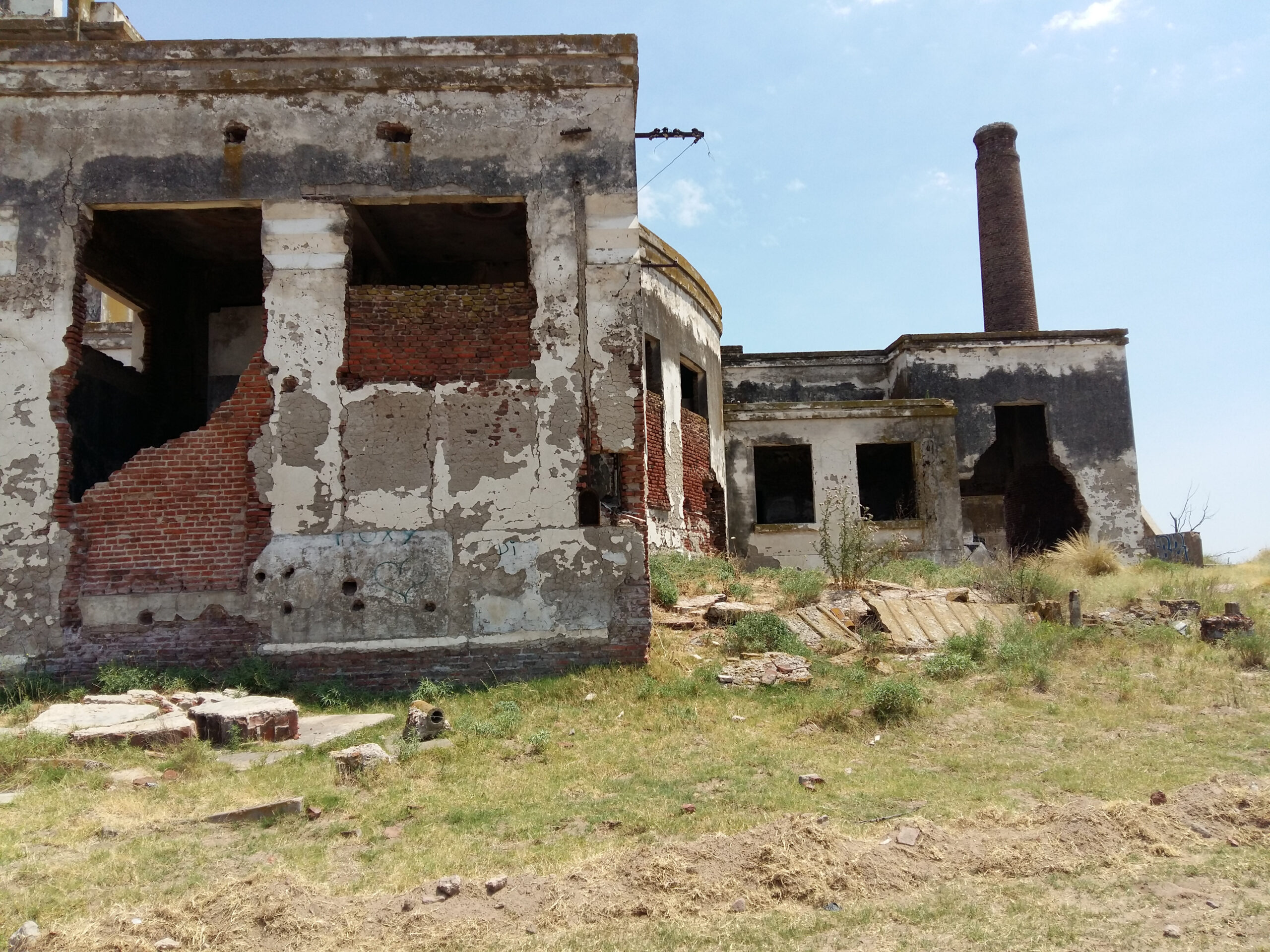
Villa Epecuén was once a popular lakeside resort town in Argentina. In 1985, a flood submerged the town entirely, forcing all residents to evacuate. After the water receded, only skeletal remains of buildings were left standing, creating a ghostly landscape. Decades of saltwater exposure left everything coated in a layer of white, lending the ruins a surreal, almost otherworldly look. Dead trees dot the area, adding to the scene’s bleakness. As vegetation slowly returns, it intertwines with the crumbling buildings, creating a haunting contrast between life and decay. Villa Epecuén’s ruins serve as a powerful reminder of nature’s unstoppable force.
Centralia, Pennsylvania, USA
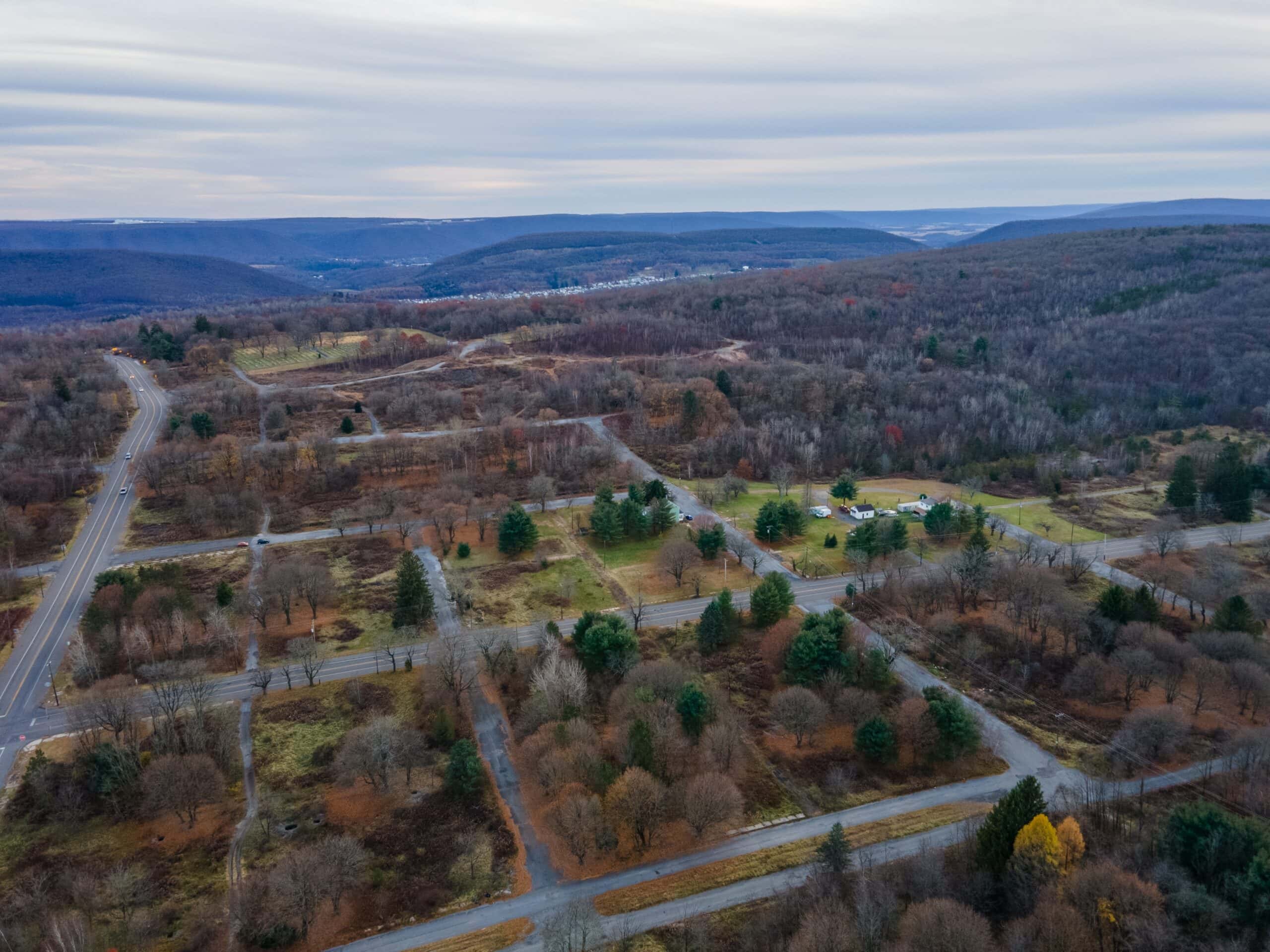
Centralia was once a small mining town in Pennsylvania, but it became an eerie wasteland after an underground coal fire ignited in 1962. The fire still burns today, making the ground unsafe and filling the air with smoke. Roads have buckled and cracked, with weeds pushing through the fractured pavement. The town’s few remaining structures stand empty, surrounded by trees and wild plants that have taken over the desolate streets. Graffiti-covered roads lead nowhere, adding to the haunting atmosphere. Centralia is a modern ghost town, with its smokey, lifeless landscape a testament to nature reclaiming what humans once controlled.
Ta Prohm Temple, Cambodia
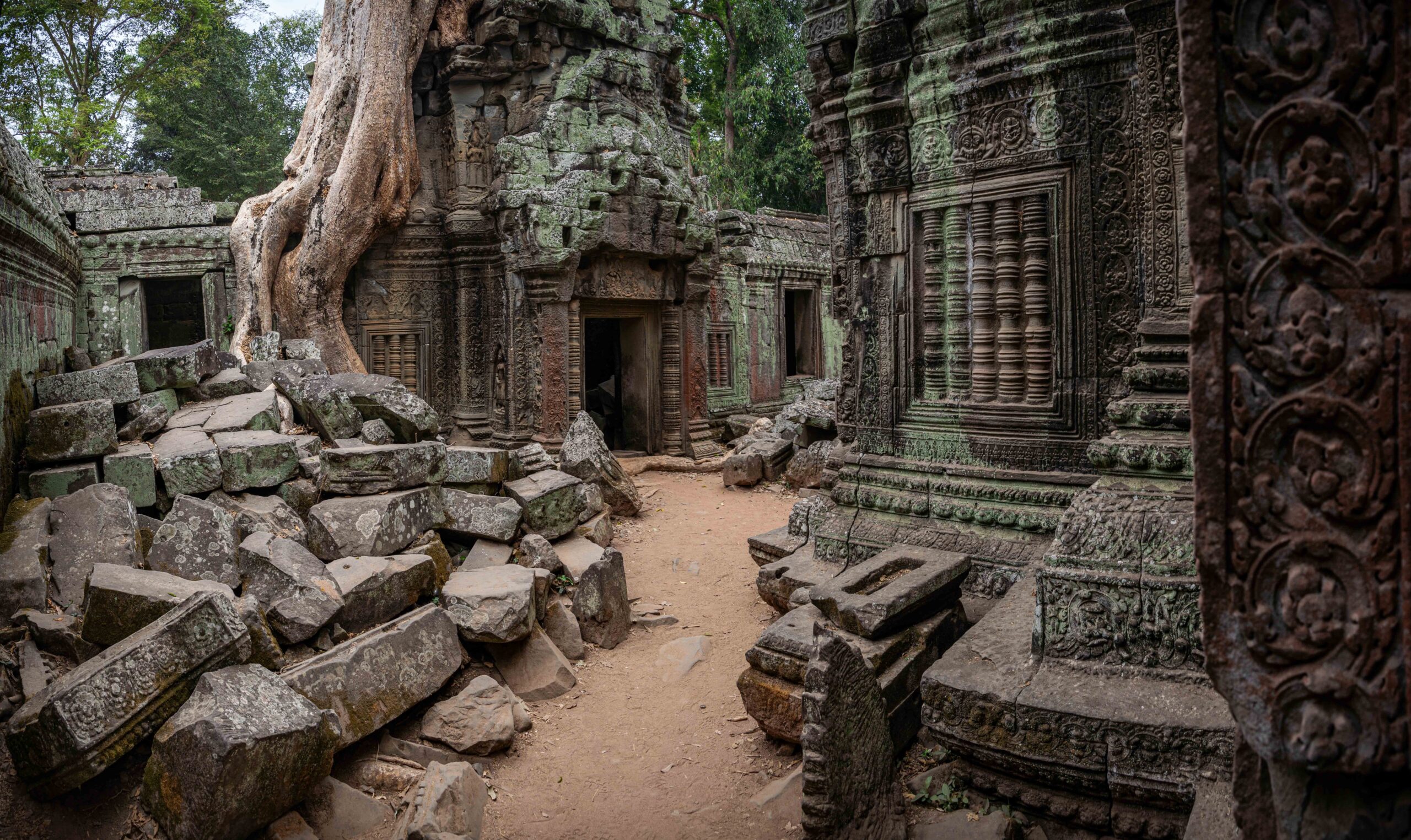
Ta Prohm, a 12th-century temple in Cambodia, is one of the most striking examples of nature reclaiming human-made structures. Nestled deep within the jungle, this ancient Buddhist temple is famous for the massive trees that grow directly out of its walls. Giant roots snake over stones and doorway archways, seemingly swallowing the temple whole. Moss and vines cover the intricate carvings, giving the temple an otherworldly, mystical appearance. Birds and other wildlife move freely among the ruins, adding to the untouched ambiance. Ta Prohm’s stunning mix of nature and architecture attracts visitors from around the world, who come to witness this unique fusion of life and decay.
Varosha, Cyprus
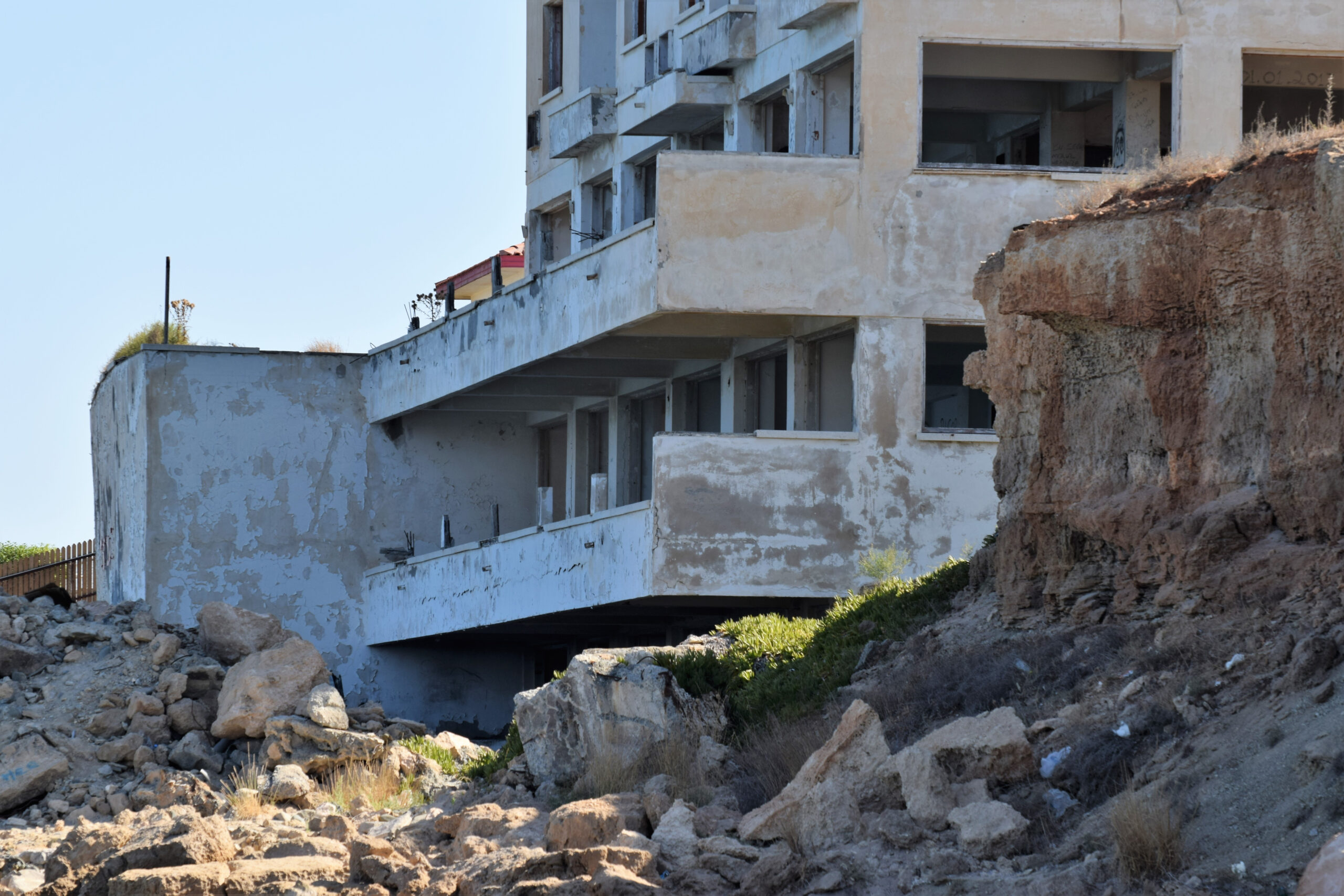
Once a bustling seaside resort, Varosha in Cyprus became a ghost town almost overnight in 1974 after the Turkish invasion. Tourists and residents fled, leaving hotels, shops, and homes as they were. Today, the deserted buildings remain empty, with broken windows and faded walls that tell stories of the past. Nature has crept in, with trees growing through sidewalks and vines overtaking balconies. The eerie silence is punctuated only by the sound of rustling leaves. Restricted access and military presence only add to Varosha’s haunted atmosphere, making it a chilling example of nature reclaiming what people abandoned.
Bodie Ghost Town, California, USA
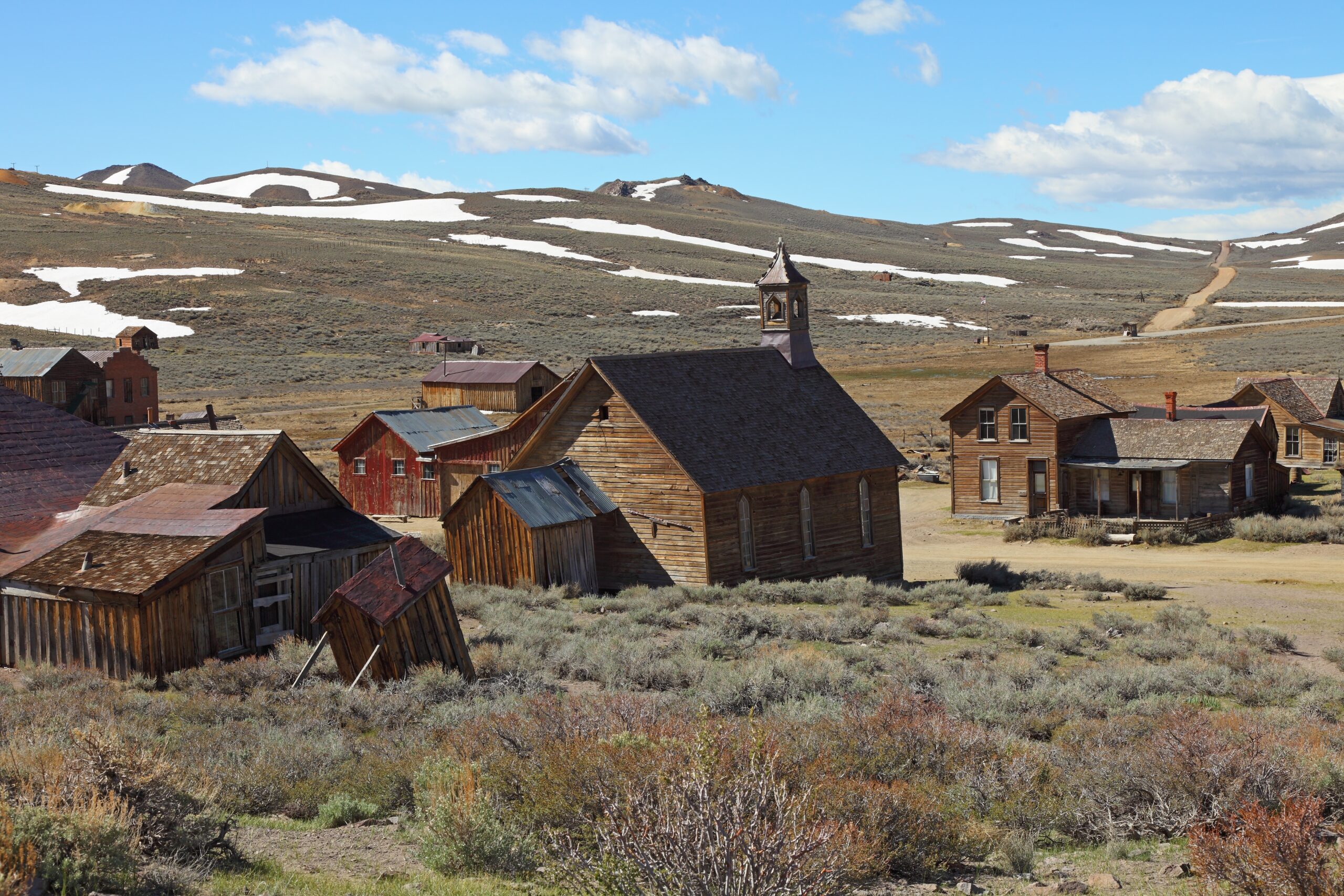
Bodie was once a booming gold-mining town in the 1800s, filled with saloons, hotels, and shops. However, as the gold dried up, so did the town’s fortunes, and it was abandoned by the 1940s. Today, Bodie sits in the Californian desert, with wooden buildings slowly decaying in the dry air. Nature has moved in, with wild grasses and shrubs encircling the town, reclaiming the land. Windows remain cracked and dusty, with items like rusted cars and broken furniture scattered around. Bodie’s preserved state and eerie silence make it feel frozen in time, as if residents might return any moment.
Houtouwan Village, China
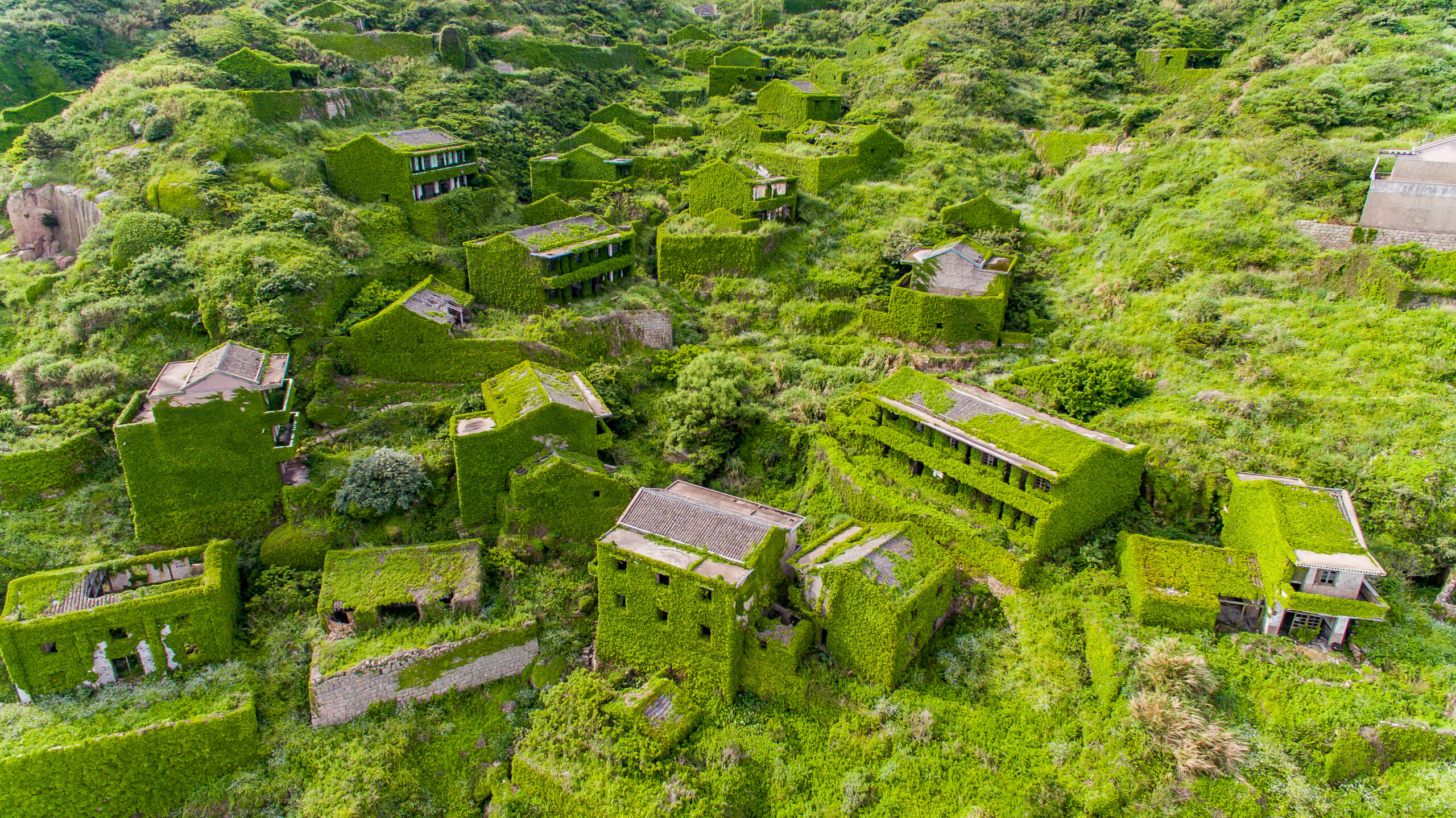
Houtouwan, a small fishing village on Shengshan Island, was abandoned in the 1990s when residents relocated for better economic opportunities. Over the years, nature took over, covering the buildings with dense green ivy and moss. The village now looks like a scene from a fairy tale, with homes almost disappearing under layers of greenery. Ivy creeps through broken windows, and roots twist over stairways, giving it an otherworldly feel. The silence is broken only by the sound of waves nearby. Houtouwan’s haunting beauty has attracted photographers and adventurers who want to see nature’s quiet reclamation.
Bannerman’s Castle, New York, USA
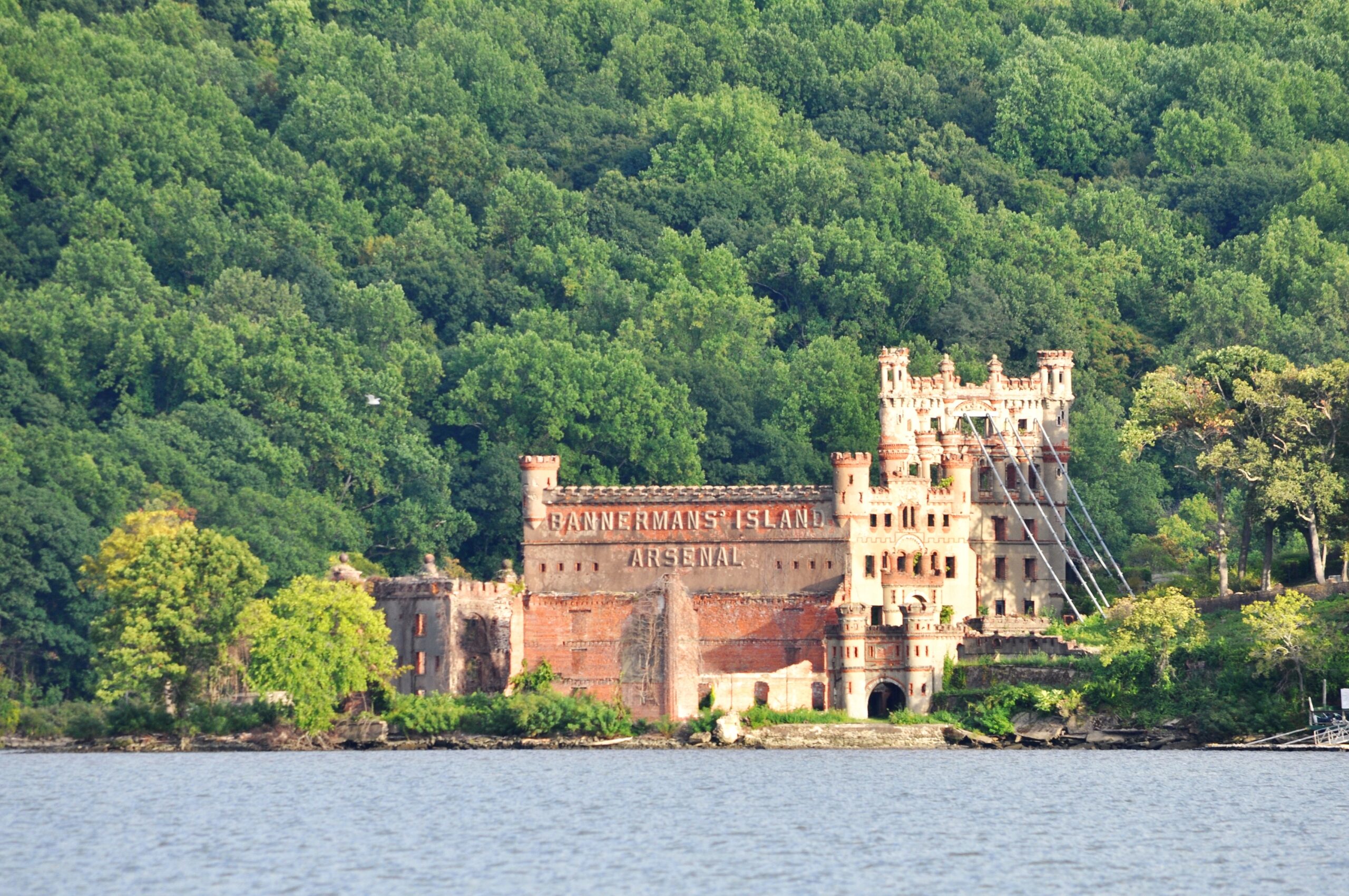
Bannerman’s Castle was built in the early 1900s on Pollepel Island in New York’s Hudson River. Originally intended as a warehouse for military surplus, the castle became abandoned after a series of explosions in the 1920s. Now, the castle’s stone walls stand in ruin, with sections crumbling and vines weaving through the cracks. Nature has gradually wrapped itself around the structure, with trees and bushes growing amidst the rubble. The castle’s gothic architecture and overgrown surroundings make it look like something from a horror story. Bannerman’s Castle is a hauntingly beautiful landmark that the wilderness now dominates.
Oradour-sur-Glane, France
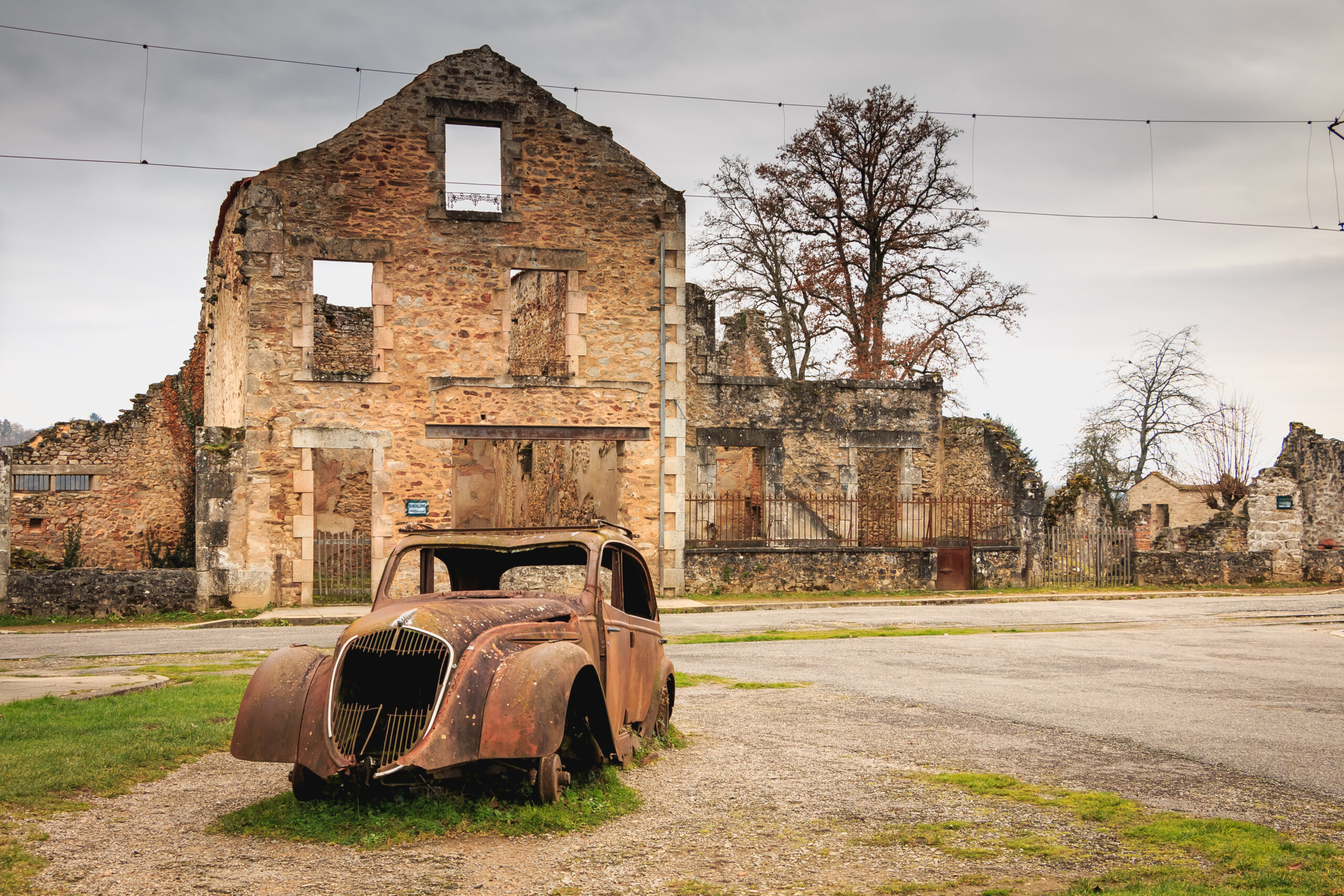
The village of Oradour-sur-Glane in France has remained untouched since World War II, left as a memorial after a massacre in 1944. The ruined village stands as a tribute, with buildings left exactly as they were, surrounded by overgrown grass and moss. Rusted cars sit on the streets, and empty, broken-down homes remain eerily silent. Nature has taken its toll, covering parts of the village in vines and wildflowers. The sight of empty doorways and the remains of a once-lively village offer a chilling reminder of the past. Oradour-sur-Glane feels frozen in time, where nature now holds sway.
Aniva Lighthouse, Russia
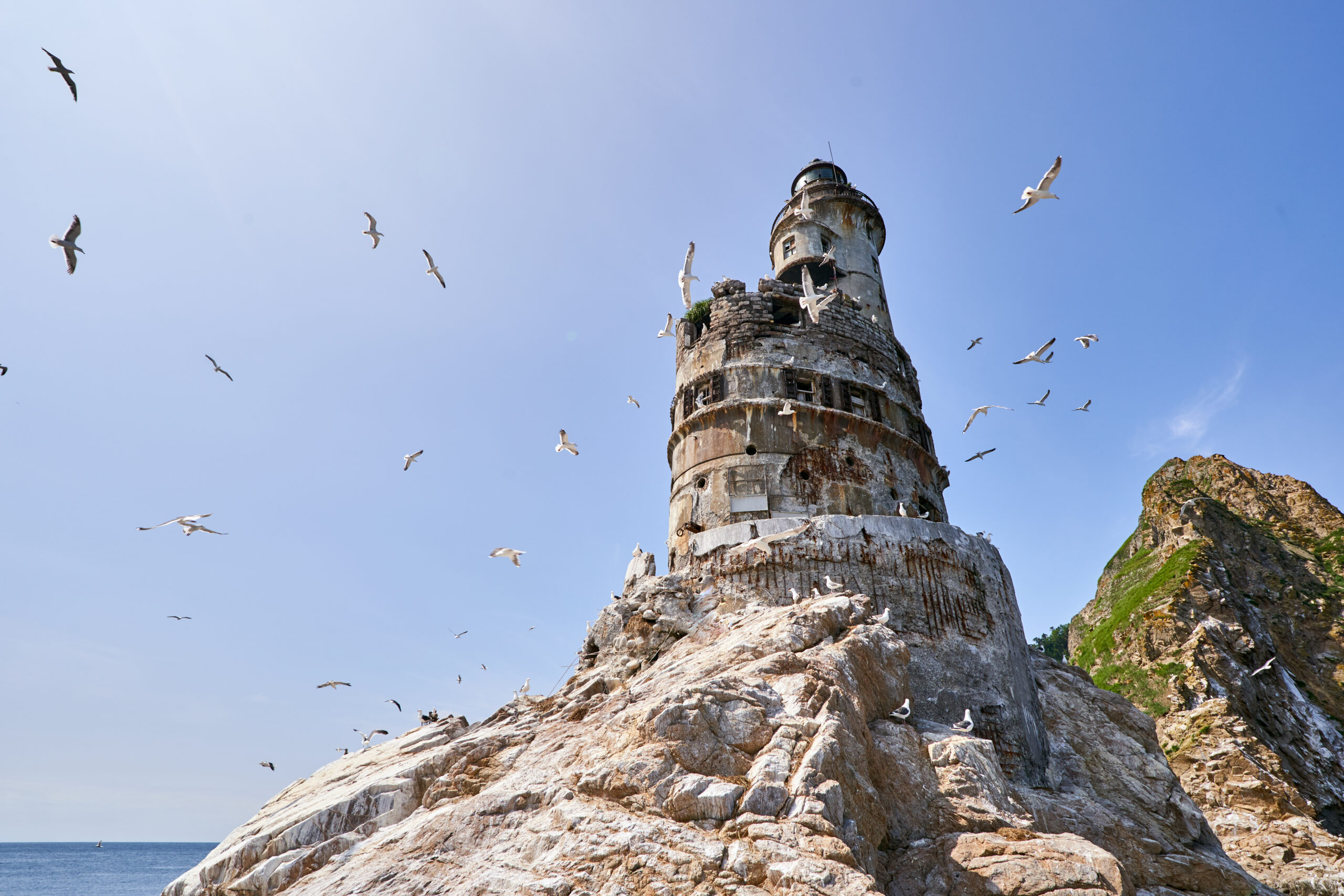
Perched on a remote rock off Sakhalin Island in Russia, Aniva Lighthouse was built in the early 20th century to guide ships through treacherous waters. Abandoned decades ago, the lighthouse now stands empty, battered by the sea and wind. Rust covers the metal structures, and water leaks through cracks in the walls. Birds have made it their home, while moss and sea plants grow inside the damp rooms. The wild waves crash against the tower, creating a haunting, isolated scene. Aniva Lighthouse remains a stark reminder of isolation and decay, where nature claims everything over time.
Spreepark, Berlin, Germany
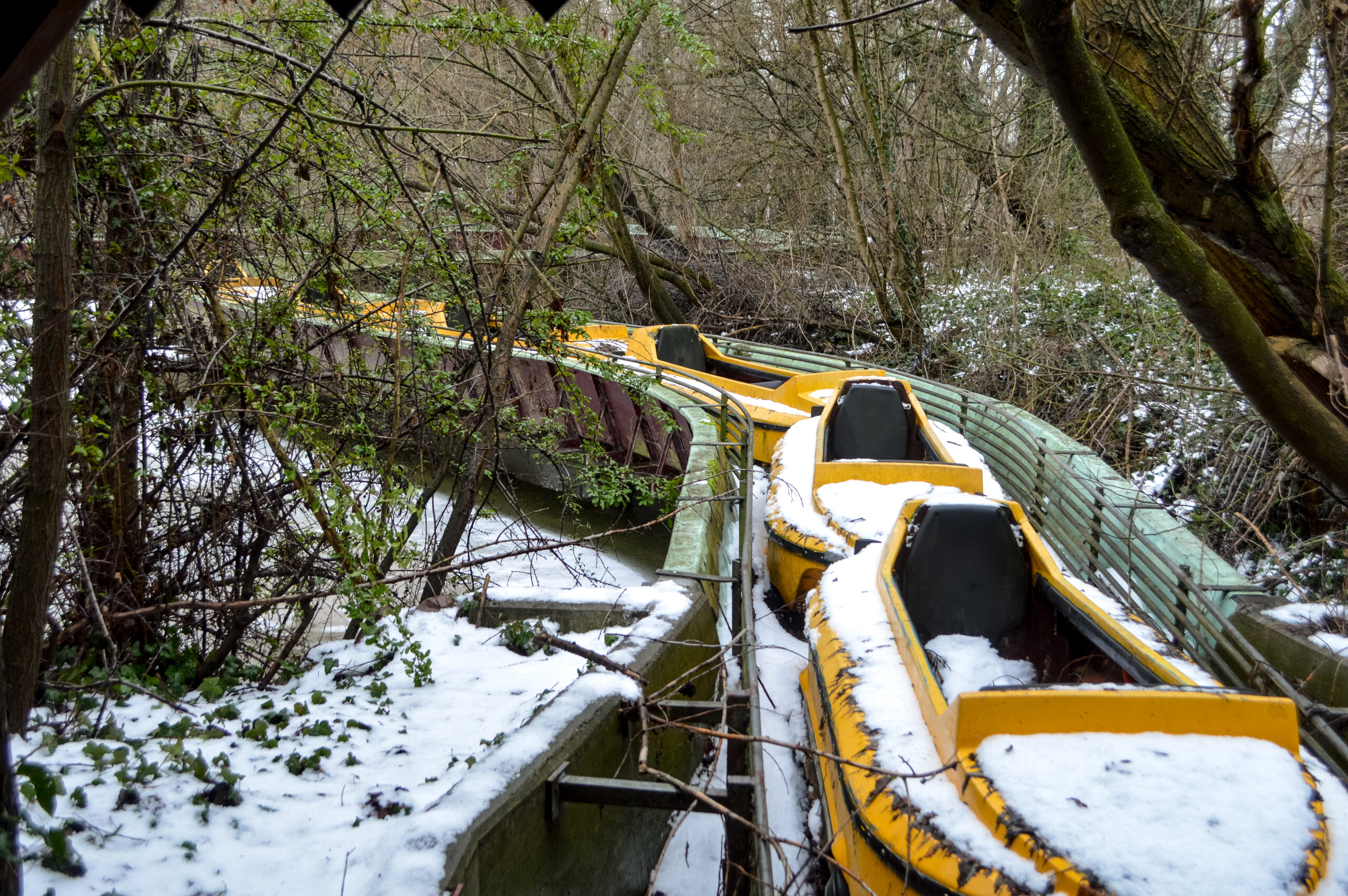
Spreepark, an amusement park in Berlin, was once filled with laughter and excitement until it closed in the early 2000s. Now, its rollercoasters, Ferris wheel, and funfair rides stand idle and decaying. Weeds sprout through the pavement, vines twist around the rides, and the Ferris wheel creaks in the wind. Swamps have overtaken parts of the park, and trees grow through the bumper cars and other attractions. The sight of rusted rides and overgrown paths creates a surreal atmosphere. Spreepark is a haunting playground where nature reclaims joy with an eerie touch.
Ross Island, Andaman and Nicobar Islands, India
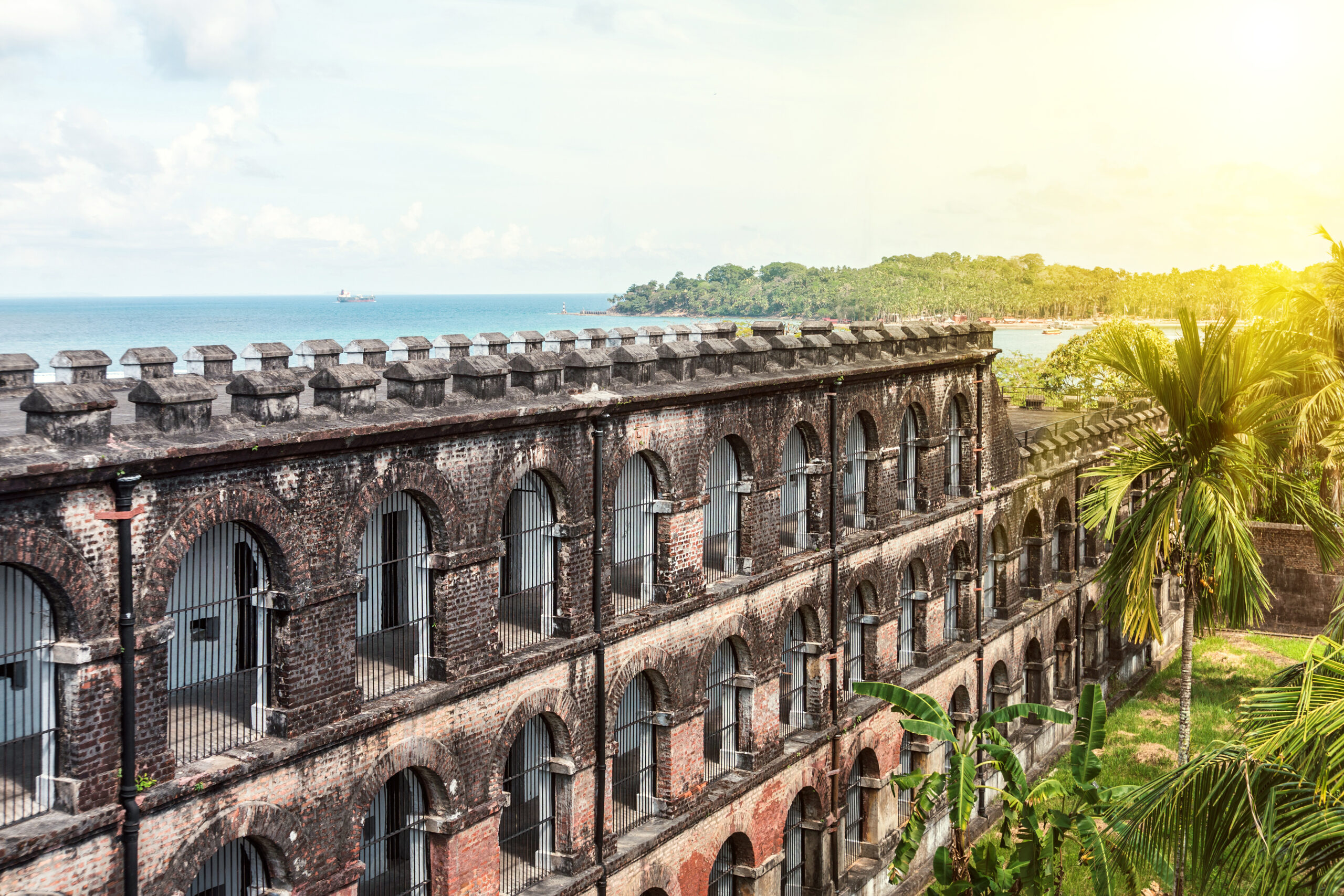
Ross Island, once a British administrative center in the Andaman Islands, now lies deserted, overtaken by trees and roots. Abandoned after an earthquake in the 1940s, the island’s colonial buildings are now shrouded in lush vegetation. Giant banyan trees weave through the ruins, twisting around stairways and walls. Crumbling churches and government offices are hidden beneath layers of green, with the jungle reclaiming every corner. The sound of tropical birds fills the air, adding to the island’s wild feel. Ross Island has become a natural wonder where history merges with untamed nature, creating an eerie paradise.
This article originally appeared on Rarest.org.
More from Rarest.org
10 Oldest Martial Arts in The World

Martial arts have been practiced for thousands of years across different cultures, evolving from ancient battlefields to modern-day sports and self-defense techniques. Read More.
10 Largest Aquariums in the United States
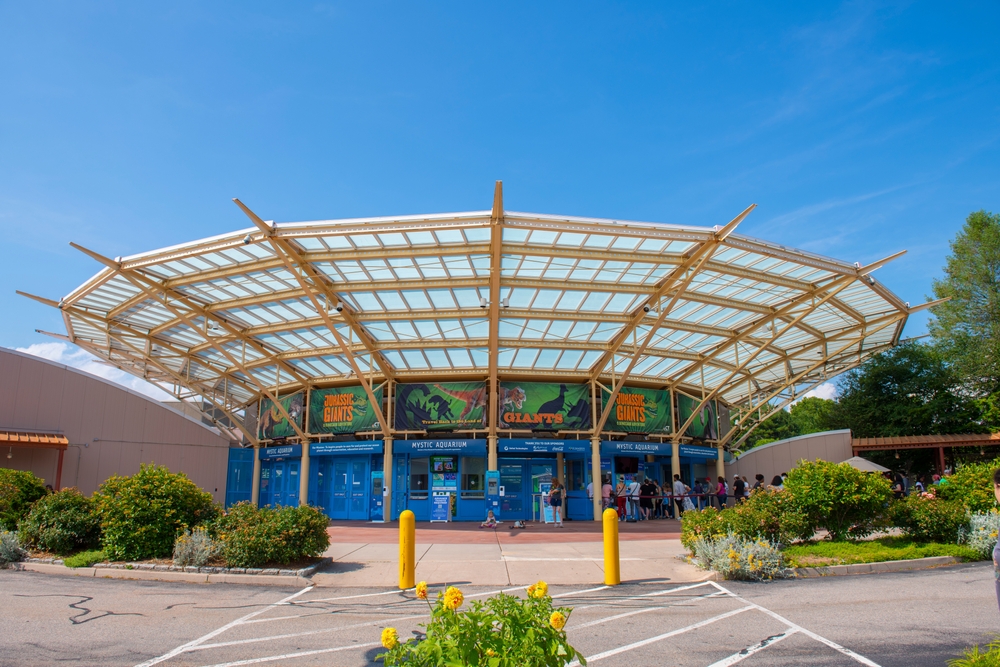
Aquariums across the United States offer incredible opportunities to explore marine life from around the world. Read More.
10 Oldest Banks in The World

Banks have been the backbone of financial systems for centuries, evolving from simple institutions offering loans to becoming complex entities managing economies. Read More.
